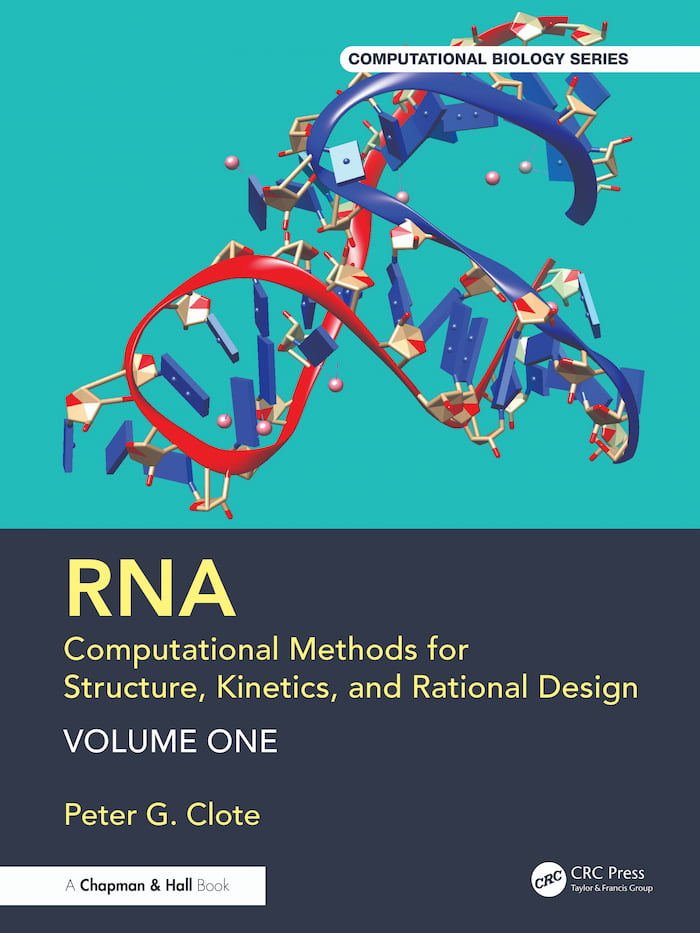We educate and mentor undergraduate and graduate students within a research-intensive environment. Students enjoy a unique atmosphere in both the laboratory and the classroom that is defined by a mixture of academic rigor and personal relationships. We also offer state-of-the-art research laboratories and core-research support facilities, including confocal microscopy, flow cytometry, and FACS facilities.
Events
30
full-time faculty
883
undergraduate students—the 3rd most popular major at BC
(2022)
15
active research labs, all within Higgins Hall
$9,373,396
in sponsored funding
(2022–2023)
Faculty Expertise
Our faculty is skilled in teaching and advising students as well as advancing cutting-edge research. Current areas of faculty scholarship and expertise include cell and developmental biology, microbiology and immunobiology, and bioinformatics.
Sciences Around Campus: Collaboration Across BC
All areas of the sciences at Boston College work together to create well-rounded opportunities for their students. The Biology Department encourages students to interact with the other departments on campus in order to broaden students' fields of interest. For more information about the various science and math programs offered:
RNA: Computational Methods for Structure, Kinetics, and Rational Design: Volume One
Comprising two volumes, Biology Professor Peter Clote's RNA: Computational Methods for Structure, Kinetics, and Rational Design is a comprehensive treatment of computational methods concerning the secondary structure, folding kinetics and rational design of RNA.
News
Photo Gallery











